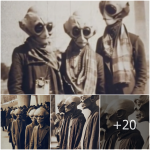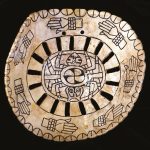Owl-shaped Aryballos, 640 BC, at the Louvre
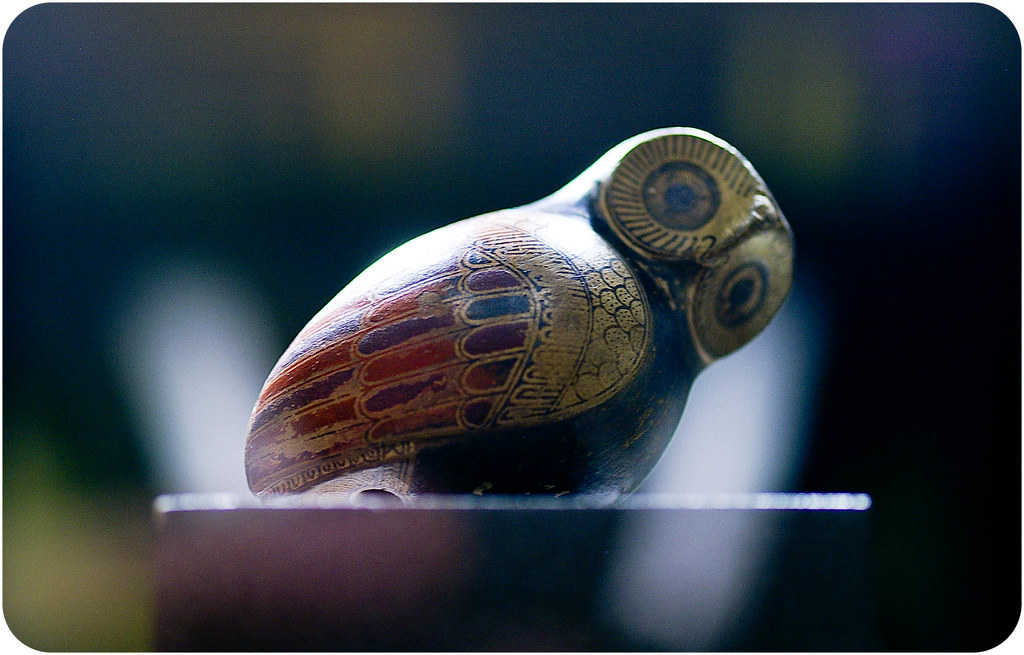
Nestled within the hallowed halls of the Louvre Museum in Paris, France, lies a testament to the exquisite craftsmanship of ancient civilizations – an owl-shaped Protocorinthian aryballos dating back to around 640 BC. This remarkable artifact serves as a window into the artistic sophistication and cultural richness of the ancient world, captivating visitors with its timeless beauty and historical significance.
The owl-shaped Protocorinthian aryballos is a masterpiece of ancient Greek pottery, crafted with meticulous attention to detail and artistic finesse. Standing at just a few inches tall, this vessel exudes an aura of whimsy and charm, its form inspired by the graceful silhouette of the nocturnal bird of prey.
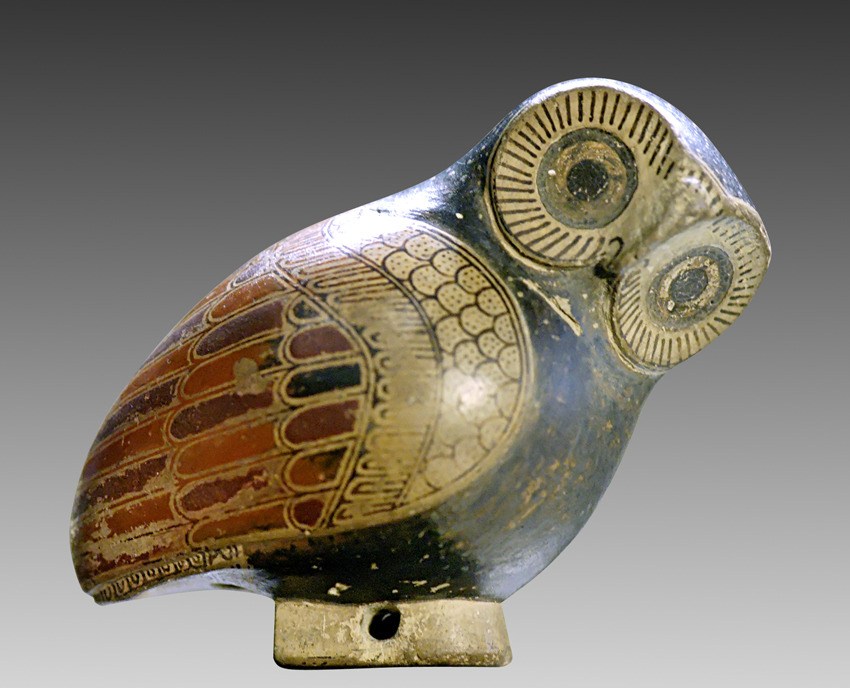
Dating back to the 7th century BC, during the Protocorinthian period, this aryballos represents a pivotal moment in the evolution of Greek art and culture. It is a testament to the ingenuity and creativity of ancient artisans, who transformed humble clay into objects of exquisite beauty and cultural significance.
The owl, a symbol of wisdom and knowledge in ancient Greek mythology, was revered by the ancient Greeks as a messenger of the goddess Athena, the patroness of wisdom and the arts. In crafting this vessel in the shape of an owl, the artisans of antiquity paid homage to this revered creature, imbuing their creation with symbolic meaning and spiritual resonance
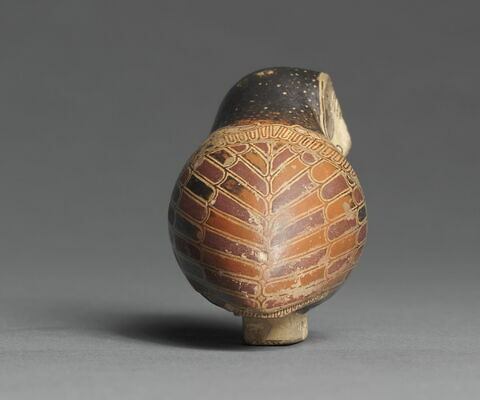
The aryballos itself served a practical function in ancient Greek society, used to store perfumed oils or other precious liquids. Yet, it was also a work of art in its own right, valued not only for its utilitarian purpose but also for its aesthetic beauty and symbolic significance.
As visitors to the Louvre gaze upon the owl-shaped aryballos, they are transported back in time to an era of myth and legend, where gods and mortals mingled in the tapestry of everyday life. The intricate details of the vessel – from the delicately incised feathers of the owl’s wings to the piercing gaze of its wide-eyed stare – invite us to contemplate the mysteries of the ancient world and the enduring legacy of Greek civilization.
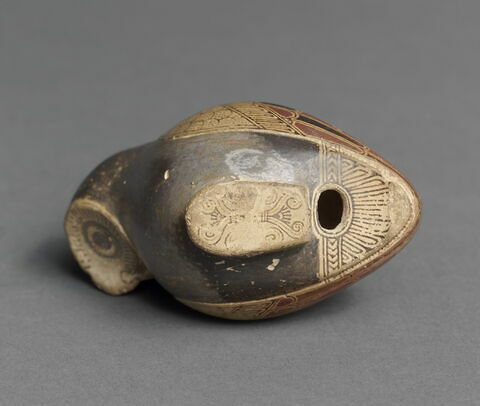
Moreover, the aryballos serves as a testament to the importance of museums as custodians of our shared cultural heritage. In preserving and exhibiting artifacts such as this owl-shaped vessel, museums like the Louvre play a vital role in fostering an appreciation for the richness and diversity of human history, allowing visitors to connect with the past in a tangible and meaningful way.
As we marvel at the owl-shaped Protocorinthian aryballos, we are reminded of the timeless allure of ancient art and the profound impact of ancient civilizations on the world we inhabit today. In its graceful form and timeless beauty, this vessel stands as a beacon of cultural continuity, bridging the gap between past and present and inviting us to explore the wonders of the ancient world with fresh eyes and open hearts.




